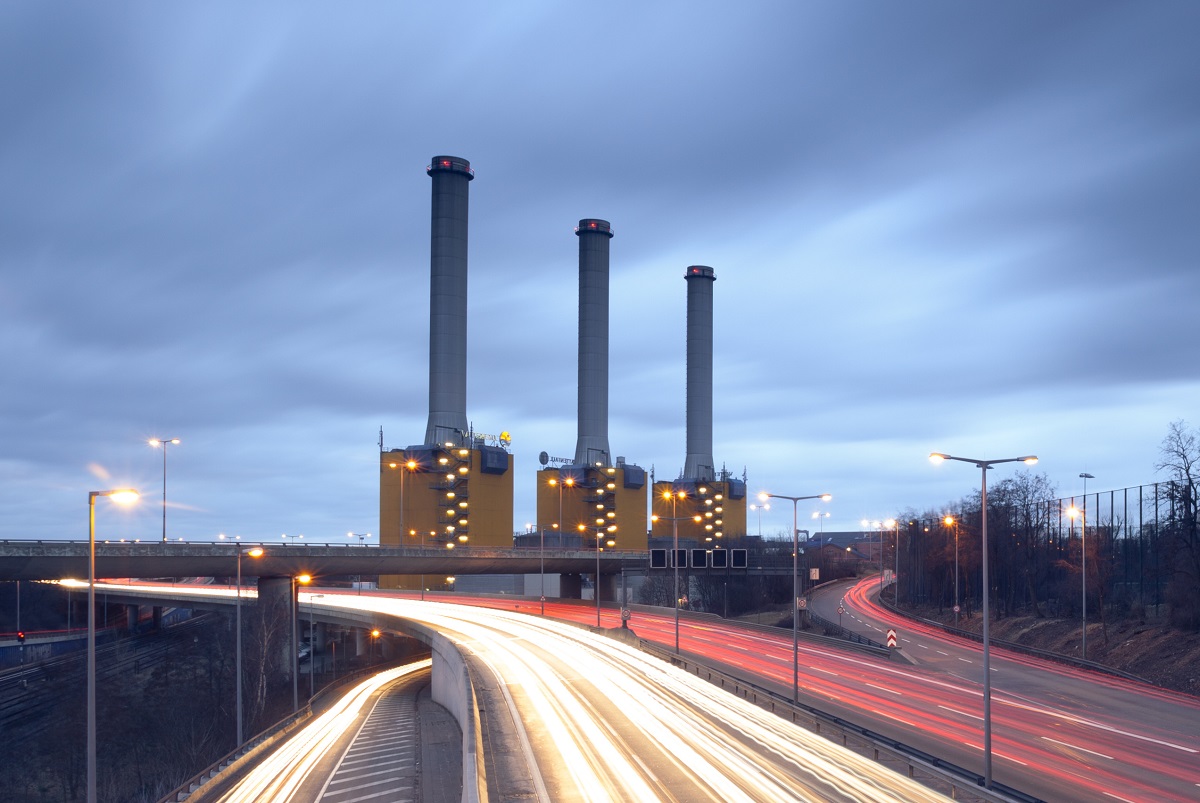Australia Bucks Climate Trend with Plan to Subsidize Natural Gas, Coal
PERSPECTIVE
By Clyde Russell
Aug 31 - Australia's federal government is proposing what amounts to a subsidy to coal- and natural gas-fired power generation, in a bid to solve a problem the country's energy market operator says doesn't exist.

The conservative Liberal-National coalition government of Prime Minister Scott Morrison is backing a plan to introduce a Physical Retailer Reliability Obligation (PRRO) mechanism whereby electricity retailers would be required to pay generators for spare capacity in case it is needed.
Federal Energy Minister Angus Taylor has said the spare capacity payment is necessary to ensure the power grid is stable and has sufficient supplies, and the PRRO would be technology neutral insofar as operators of battery farms and pumped hydro would also be eligible to receive the payment.
In reality though, the vast majority of Australia's spare capacity in the electricity market in the populated eastern and southern states is ageing coal-fired generators and often-idled natural gas plants.
It's also questionable as to whether capacity payments are even needed, with the Australian Energy Market Operator (AEMO) publishing a report on Tuesday forecasting "sufficient electricity supply to meet reliability standards for at least the next five years" in all states in what is called the National Electricity Market (NEM).
Australia's electricity system is divided into the NEM, which connects the most populous states of New South Wales, Victoria and Queensland, as well as Tasmania, South Australia and the Australian Capital Territory.
Western Australia state and the Northern Territory run power grids separate to the NEM and are unable to export or import power from the rest of the country.
The question that arises is why does the federal government support making capacity payments when its own statutory market operator says they aren't needed?
Critics of Taylor say the energy minister is simply seeking to subsidize coal- and gas-fired power plants given his party's ideological support for ongoing use of fossil fuels, and its lack of strong action to address climate change.
By forcing electricity retailers to pay fossil fuel generators, it's likely these power plants will be able to continue operating even though they are uncompetitive with cheaper renewable energies such as solar and wind, backed by battery storage.
Climate Concerns
Any public policy should be judged on whether it will meet its aims, and in this case the PRRO may well keep coal- and gas-fired spare capacity online and provide an additional level of security about electricity supply, especially during the high demand summer period when the NEM has suffered from shortfalls in the past.
However, the PRRO can't be judged just against electricity security. It also has to fit in with Australia's climate change efforts, modest as they are under the current government.
Prime Minister Morrison and members of his government have refused to commit to a net zero emissions target by 2050, putting Australia out of step with much of the rest of the world.
However, even meeting the current target of keeping emissions 26-28% below 2005 levels by 2030 will be a struggle unless more coal and natural gas exit the power system.
The AEMO report makes it clear that the energy market is transitioning, with 4.4 gigawatts (GW) of utility-scale new generation and storage capacity expected online in the next five years, with much of this being from renewables. A further 8.9 GW of residential and commercial rooftop solar is also expected to be added to the market, the report showed.
This will be more than enough to offset planned coal power plant retirements, AEMO said in its 2021 Electricity Statement of Opportunities report.
What the market operator did recommend is working to improve the transmission network to deal with the rising share of renewable energy in the market.
It is also perhaps ironic that AEMO said a key risk to the electricity market in the coming years is the possible unavailability of the Yallourn coal-fired power station, which supplies about 20% of Victoria's electricity.
Yallourn is a mine-mouth power plant and the mine that provides its coal is at risk of flooding from a nearby river, as happened earlier this year.
Editor’s Note: The opinions expressed here are those of the author, a columnist for Reuters.
Related News
Related News

- Keystone Oil Pipeline Resumes Operations After Temporary Shutdown
- Biden Administration Buys Oil for Emergency Reserve Above Target Price
- Freeport LNG Plant Runs Near Zero Consumption for Fifth Day
- Enbridge to Invest $500 Million in Pipeline Assets, Including Expansion of 850-Mile Gray Oak Pipeline
- Williams Delays Louisiana Pipeline Project Amid Dispute with Competitor Energy Transfer
- Evacuation Technologies to Reduce Methane Releases During Pigging
- Editor’s Notebook: Nord Stream’s $20 Billion Question
- Enbridge Receives Approval to Begin Service on Louisiana Venice Gas Pipeline Project
- Russian LNG Unfazed By U.S. Sanctions
- Biden Administration Buys Oil for Emergency Reserve Above Target Price




Comments